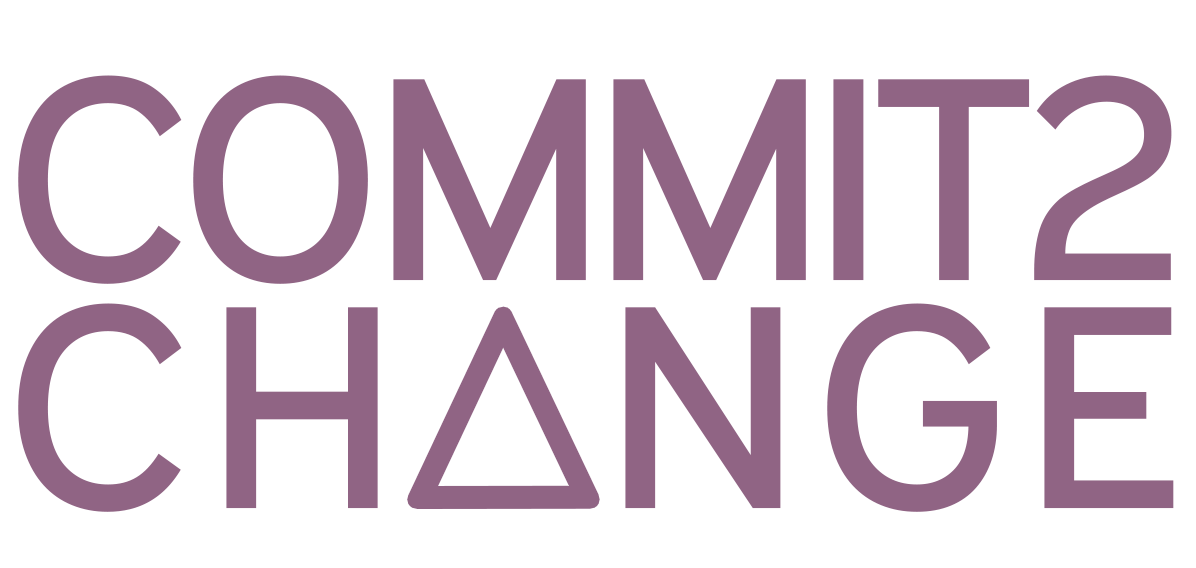As the tragedy in India persists, it disproportionately threatens the health and future of underprivileged girls.
Over the past few weeks, India has struggled through its second deadly wave of COVID-19. The country recently became the third to surpass 300, 000 victims, nearly 100, 000 of which were recorded in the past month – although, numbers are thought to be in the millions with a significant portion of the population unable to access hospitals. Even with the rollout of the vaccines, it seems that there may be no end in sight anytime soon as India faces a severe shortage of vaccines with only 3.1% of people having received both doses.
Though devastating for the entire country, the pandemic has especially taken its toll on the millions of children living in marginalized communities, many of whom have been left orphaned, hungry and forced to drop out of school. Girls have been disproportionately affected by the lockdown since March. Over the past year, many have been forced to drop out as educational expenses have become unbearable for families. Girls, in particular, are usually the first to drop out, often left out of household decisions and expected to take on domestic responsibilities or to help their parents with backbreaking labor.
Even those who have remained in school are falling behind. Many girls have had to take away valuable time from their studies to perform household chores. Those in rural communities face the additional challenge of having unreliable access to digital devices and the internet. Remote learning has been particularly challenging for girls in marginalized areas, where families often share a single device. This device isn’t charged daily due to a lack of resources and is usually monopolized by men, especially when they migrate for work.
The shutdown of schools, and the pandemic more broadly, has also had devastating consequences on the health of underprivileged girls. As their families grapple with food shortages and unemployment, these girls have had to bear the brunt since they are typically the last in their households to eat. Those in school who relied on the Mid-day Meal program (the largest school feeding program in the world) for nutrition and food security are now forced to go without it and are at risk of being undernourished.
Being isolated at home has additionally impacted girls’ mental health. Most children have been living in very close quarters with their family, cut off from their community and their friends. Women, especially, have seen a rise in domestic violence and abuse and have been unable to reach out to support systems.
Yet, in the midst of these devastating reports, we are inspired by the resiliency of the girls we serve and by the stories of hope from around the world. State governments and individuals have rallied behind India, pledging aid. C2C has raised COVID-19 Response Funds through the unwavering support of our community and networks, including a generous grant from the Guru Krupa Foundation. These funds will help to ensure the girls we support are empowered to continue making progress in education and creating positive change in their communities.
References:
https://time.com/6052370/modi-didnt-buy-enough-covid-19-vaccine/
https://link.springer.com/article/10.1007/s12571-020-01065-4
https://malala.org/newsroom/archive/girls-education-and-covid-19-in-india
